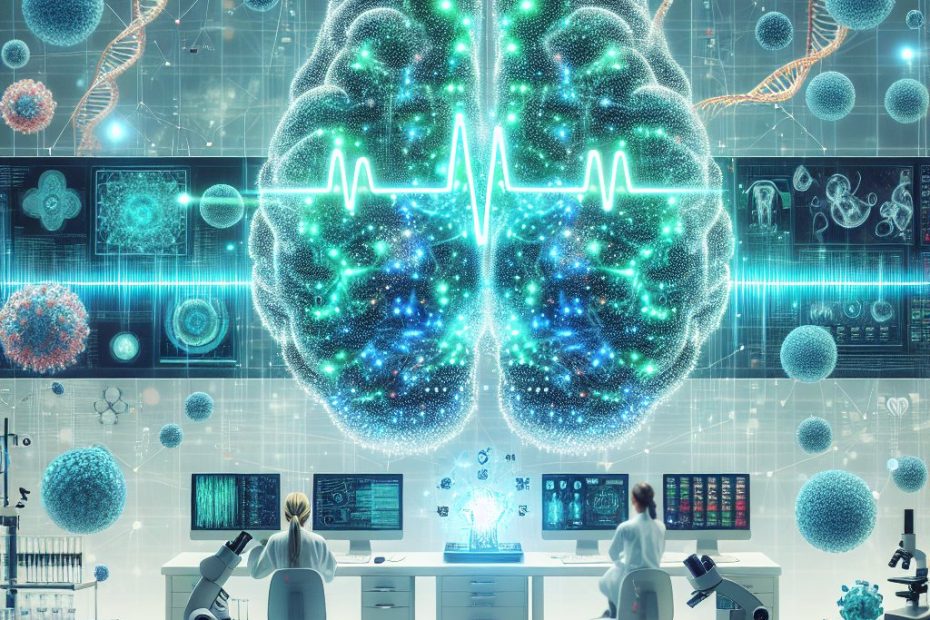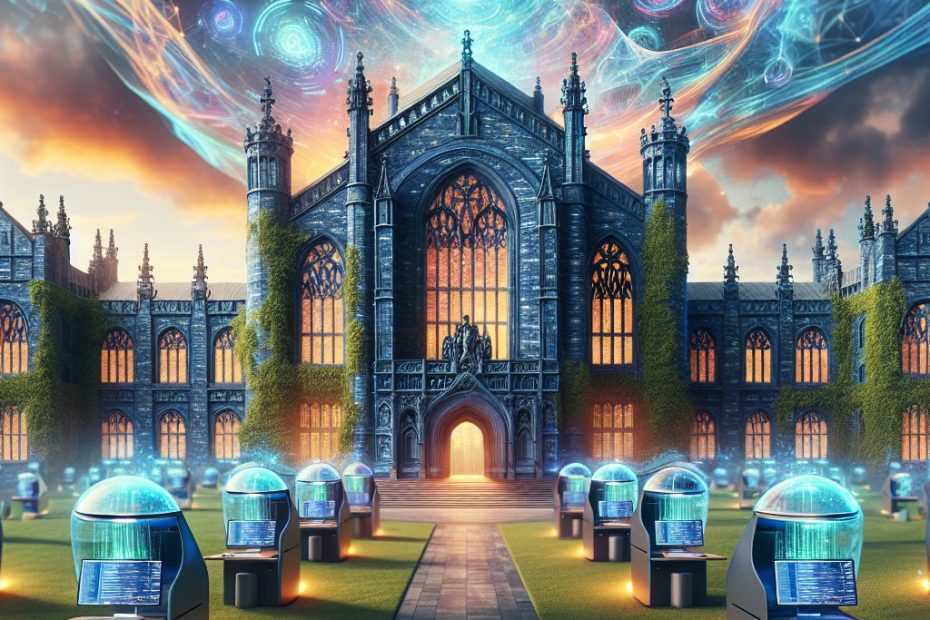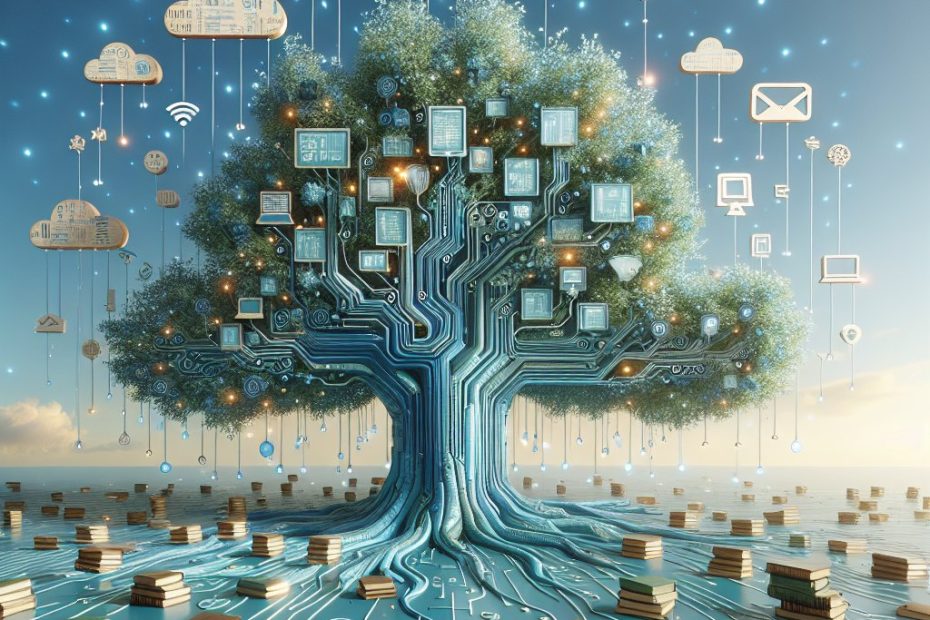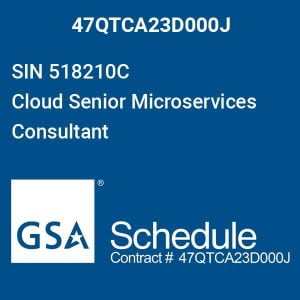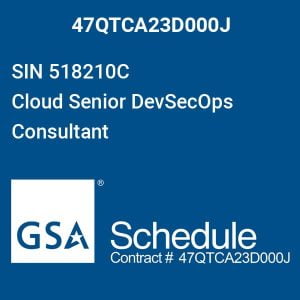AWS federal security Leveraging AWS for Enhanced Federal IT Security
Hey there! Let’s dive into something you’ve probably been thinking about: security in today’s fast-paced tech world. It’s not just an option anymore; it’s absolutely critical—especially for federal agencies where data protection is a top priority. So, how do you ensure your sensitive information stays safe? Enter AWS federal security. Amazon Web Services (AWS) offers a robust cloud infrastructure specifically designed to bolster IT security for government entities. But the real question is: How can you leverage AWS to supercharge your agency’s cybersecurity framework? Let’s explore together. Prerequisites Before we jump in, let’s make sure we’re on the same page: You’ve got a basic understanding of IT infrastructure and cloud computing with AWS federal security. Familiarity with federal regulations and compliance standards (like NIST) is a must-have. Access to key… Continue readingAWS federal security Leveraging AWS for Enhanced Federal IT Security






